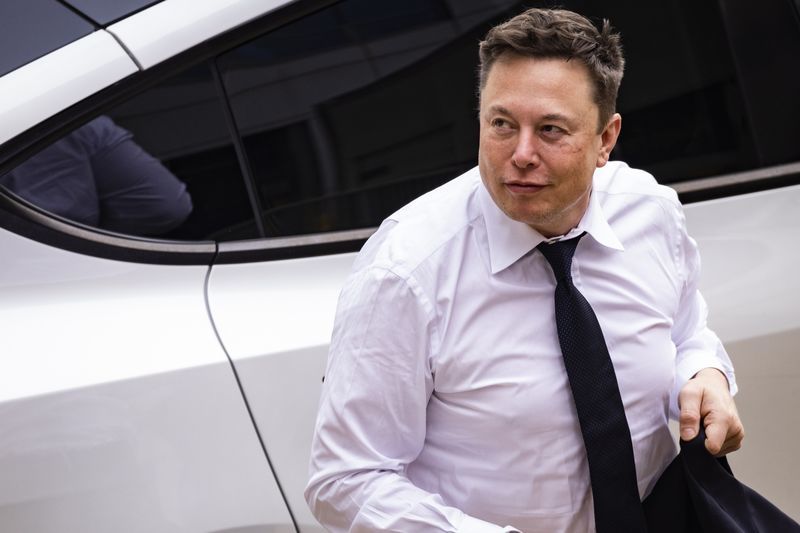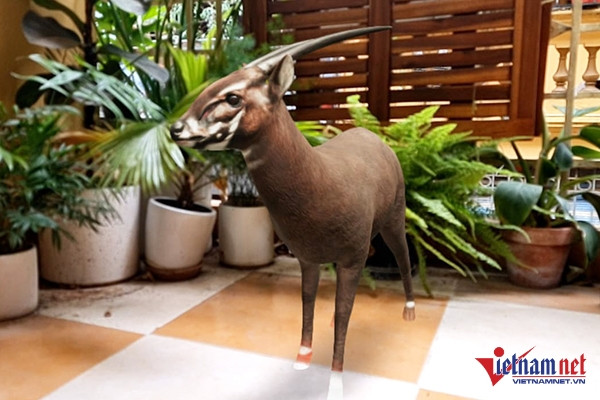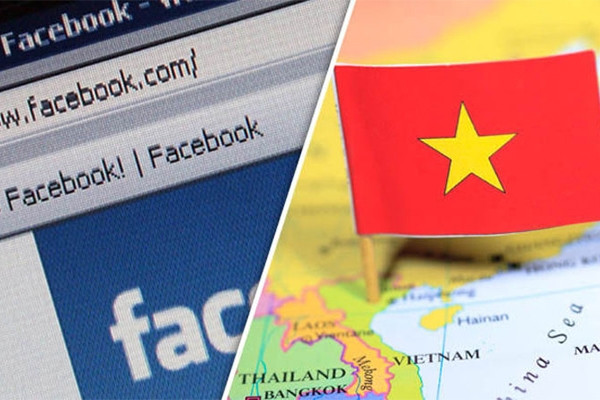Artificial intelligence becomes an outpost in the Russia-Ukraine conflict
War is a terrible thing, but it often plays an important role in the development and testing of new technology.
War is a terrible thing, but it often plays an important role in the development and testing of new technology. The Russian-Ukrainian conflict has shown that the role of artificial intelligence (AI) is increasingly evident.
AI-integrated automatic weapons
Civilian organizations and experts in AI research in recent years have become increasingly concerned about the advent of automated lethality systems, with the help of AI technology, capable of triggering target selection and destroy the enemy without direct human supervision. This led to an effort at the United Nations to prevent, or at least limit, such weapons systems. However, the discussions so far have not made much progress.
Meanwhile, the pace of development of automatic weapons continued at an increasingly rapid pace. The “worst nightmare” caused by drones in the Russia-Ukraine conflict has yet to come. But one thing’s for sure, both sides are deploying AI-powered automated weapons, at least in a way.
 |
The Ukrainian side is using Turkish TB2 drones, with automatic take-off/landing and cruise features, although it still depends on soldiers to decide when to drop laser-guided bombs. Meanwhile, the Lantset, a Russian drone with automated features, is said to have deployed in Syria and now Ukraine. Technically, the Lantset is a “standby bullet” designed to attack tanks, motorized convoys or crowds of infantry. After being launched, it will fly around a pre-programmed geographical area until it detects a target and dives in to attack, detonating the warhead it carries.
On March 6, an adviser to the office of the President of Ukraine posted an article with an outdoor photo of the International Center for Security and Peacekeeping (IPSC), an area for gathering and training “volunteer” soldiers. join the war. A week later, the entire IPSC received dozens of smart cruise missiles from Russia. Algorithms using AI to analyze images, determine target locations and guide smart weapons, have gradually become popular in the battlefields of countries.
In addition, there is also the Altius RU, Moscow’s latest AI-integrated weapons system, including drones capable of operating independently and interacting with SU-57 fighter aircraft. Altius is a counterweight to the US-developed RQ-4 Global Hawk, capable of carrying out armed reconnaissance missions. The Russian military also integrates artificial intelligence neurons into an unmanned ground-based device called the Marker to conduct mixed operations on the battlefield.
Information warfare, identifying the dead
Not only that, AI can help analyze a large amount of open source intelligence directly posted publicly in Ukraine by people directly, through TikTok videos or Telegram posts related to the arrangement of military formations. the time and duration of the attacks.
Social media algorithms like TikTok are taking center stage in this information war. But it is also a double-edged sword when it can at the same time amplify false content, for example, with video game clippings that look exactly like real images, millions of people may be ” lead the nose”.
Many people fear that artificial intelligence techniques such as “deepfake” (technology that creates images and sounds that mimic reality), will promote fake news campaigns by both sides. However, machine-learning systems have also developed the ability to detect such artificial products, which can be used to prevent misinformation. To date, most social media platforms have implemented these systems.
War is the perfect test environment for new weapons or technology. In the digital age, data becomes a valuable resource, self-propelled weapons are just a small application that AI can participate in. The technology itself is the foundation for scaling mining, data analysis, and missions unprecedented in the history of war.
Clearview AI, controversial facial recognition technology, has been deployed in Ukraine. The Clearview CEO said that this technology could help Kiev identify victims of death, remove misinformation and detect spies, using a database of more than 2 billion images taken. from the Russian social network VKontakte. But that’s just one part of the US-based startup’s database of more than 10 billion photos.
After gunpowder and nuclear weapons, can artificial intelligence bring war into the 3rd revolution?
Vinh Ngo
at Blogtuan.info – Source: vietnamnet.vn – Read the original article here



